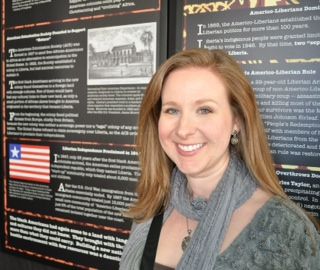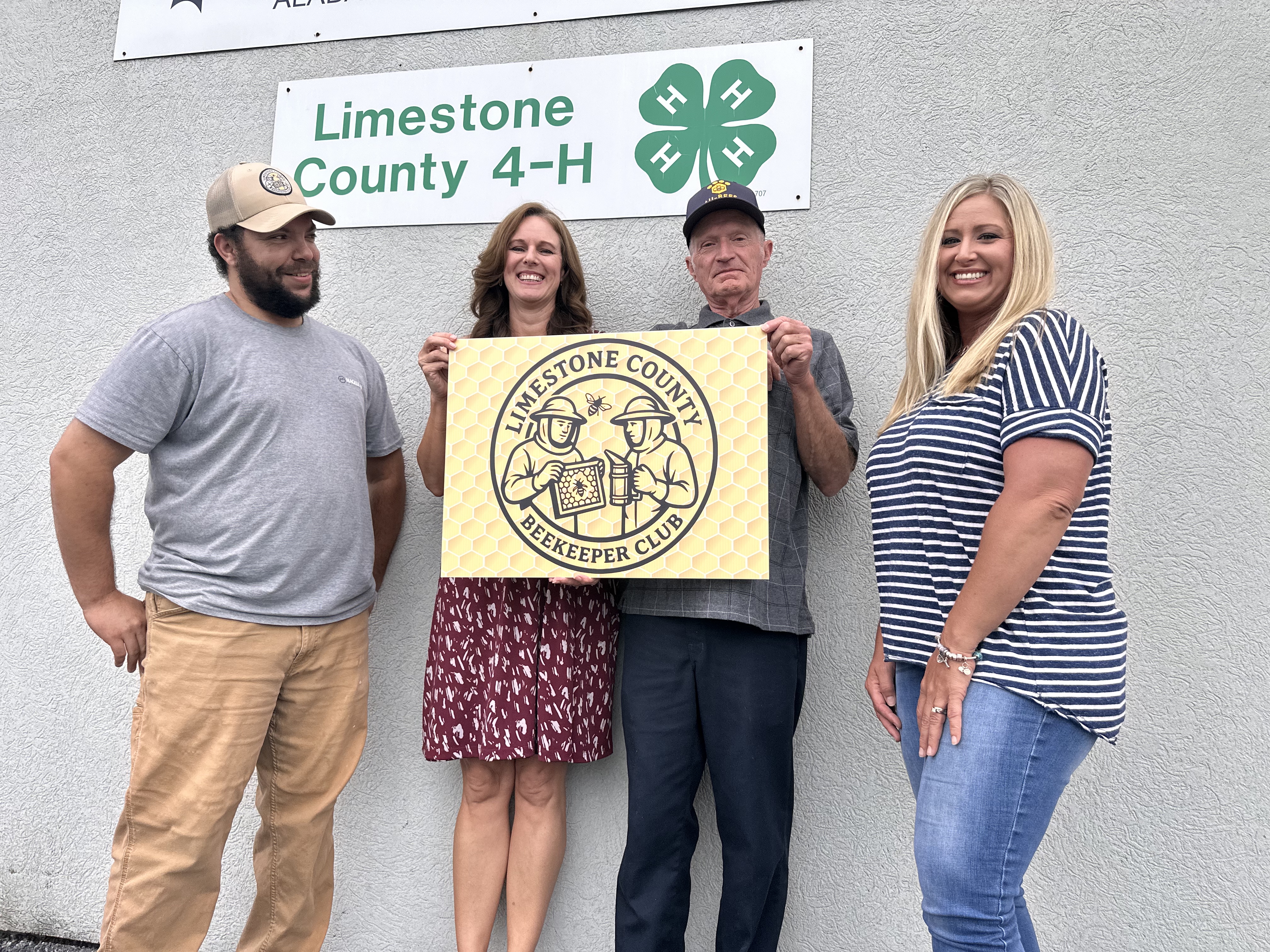The big dig: Limestone native to discuss the real Fort Hampton
Published 2:00 am Friday, January 16, 2015

- Limestone County's Tonya Johnson Chandler, who led a team of archaeologists from the University of West Florida at the site of Fort Hampton in Limestone County, will speak about the experience at Tuesday’s Limestone County Historical Society meeting. Chandler and her husband Joe live in Birmingham with their son, Jack.
Most people aren’t opposed to digging in the dirt if they believe there is treasure underneath, but a Limestone County native took that premise a step further in her search for the original Fort Hampton.
Tonya Johnson Chandler, who graduated in December from the University of West Florida with a master’s degree in historical archaeology, spent about a week in March 2013 digging up the yard of John and Daphne Ellison as part of her quest to find the fort. She will discuss the experience — including details about what she found — when she speaks Tuesday to the Limestone County Historical Society.
The society’s social time begins at 6:30 p.m., and Chandler’s presentation will begin at 7. The society meets in the Rodgers Center at the First Presbyterian Church in Athens. The meeting is open to the public.
For Chandler, who grew up in Limestone County, her mission to find the original Fort Hampton served two purposes — to educate herself about the historic fort and as the premise of her graduate thesis. Her study of the fort wasn’t her original thesis idea, however.
“I kept running across Fort Hampton on old maps from the 1830s,” she said. “There was no formal study (of the fort), but there was a local oral history.”
What intrigued Chandler the most about the fort was it was one of the few built to protect Native Americans — in this case, the Chickasaw Indians — from encroaching settlers from Tennessee and North Carolina.
The fort, which was constructed in 1809, was only in use for a short time before the tribe ceded the land in 1816.
“I wanted to go underground to see if there were still artifacts there and what they could tell us,” she said.
How it happened
Step one of the process was to get permission from the landowners, and the Ellisons were more than happy to oblige.
“We were excited about it, and it was really exciting to know (Chandler) had pinpointed where (the fort) actually was,” Daphne Ellison said. “We kind of left them alone, but they would give us information about what they had found.”
With that hurdle out of the way, Chandler and her team of fellow archaeologists — including three fellow graduate students from UWF and her advisor, Dr. John Worth — began their dig in March 2013.
Chandler said pinpointing the exact location of the fort was somewhat common sense. Because it acted as a place of protection, it needed to be at a higher elevation and it needed to have other features like access to water and roads.
“I just looked at the highest hill (on the Ellison’s property) and matched that to where, historically, it was said to have been built,” she said.
A historical marker noting Fort Hampton was installed on U.S. 72 in the 1970s, but Chandler said the exact site was actually about a quarter-mile from the marker.
Once the team was pretty sure about the exact location, Chandler said they began a pedestrian survey, or just walking the area to look for signs of any kind of foundation. From that point, they did shovel testing to lay out the grid of the search area, followed by pin flags every 10 meters.
The team would then dig “test holes” and test for positive versus negative finds.
“We did find quite a few architectural elements that were still left,” Chandler said, but added wood and bone don’t hold up well in Limestone County’s soil because it’s too acidic. “We did find nails, hinges and some kitchen ware or ceramics.”
Some of the team’s most interesting finds were old gun parts and buttons from old military uniforms of the Fort Hampton era. The buttons belonged to an elite sharpshooting group known as the Regiment of Riflemen. She said the regiment played a pivotal role in the War of 1812.
She said no human remains were found at the site. She said anyone who lived and died on the Fort Hampton property were likely buried at the nearby Townsend Cemetery, which contains gravesites that overlap the years when Fort Hampton was active.
Chandler said even though the dig only took one week, she’s been working on the project for about three years.
“The digging is a very small part,” she said. “The big part is determining the data. It’s only a week in the field, but months and months in the lab and months in the archive; it’s a very long process.”
The artifacts found at the Fort Hampton site were sent to the University of Alabama for further analysis, Chandler said, so Tuesday’s presentation will consist primarily of photos of the team’s finds.
“I just really want to keep putting together a more complete historical picture of the fort,” she said.





